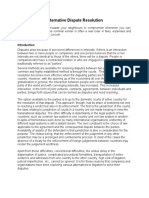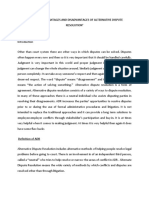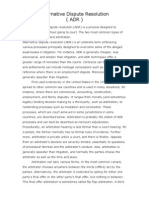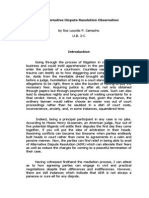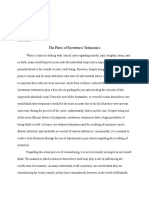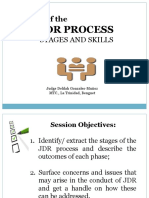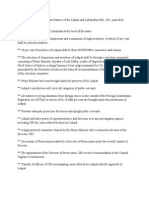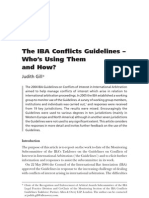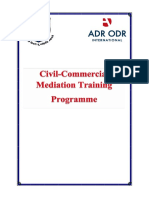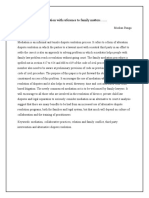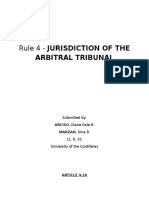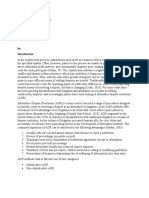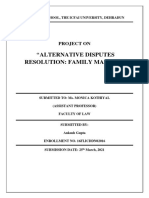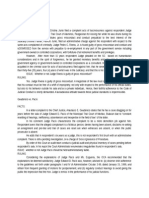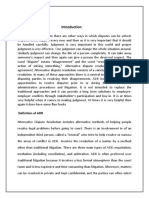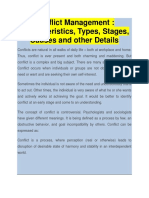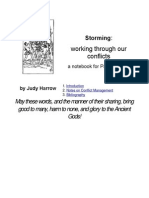0% found this document useful (0 votes)
120 views15 pagesLecture 4 - Alternative Dispute Resolution 2
The document discusses alternative dispute resolution (ADR), which refers to resolving disputes outside of traditional litigation methods. It defines ADR and describes various ADR methods like negotiation, mediation, arbitration. The advantages and disadvantages of ADR are provided. Examples of different types of disputes that can be resolved through ADR are given. Bangladeshi laws relating to ADR are also outlined along with problems and suggestions to make ADR more effective in Bangladesh.
Uploaded by
Sadman IslamCopyright
© © All Rights Reserved
We take content rights seriously. If you suspect this is your content, claim it here.
Available Formats
Download as PPTX, PDF, TXT or read online on Scribd
0% found this document useful (0 votes)
120 views15 pagesLecture 4 - Alternative Dispute Resolution 2
The document discusses alternative dispute resolution (ADR), which refers to resolving disputes outside of traditional litigation methods. It defines ADR and describes various ADR methods like negotiation, mediation, arbitration. The advantages and disadvantages of ADR are provided. Examples of different types of disputes that can be resolved through ADR are given. Bangladeshi laws relating to ADR are also outlined along with problems and suggestions to make ADR more effective in Bangladesh.
Uploaded by
Sadman IslamCopyright
© © All Rights Reserved
We take content rights seriously. If you suspect this is your content, claim it here.
Available Formats
Download as PPTX, PDF, TXT or read online on Scribd
/ 15
